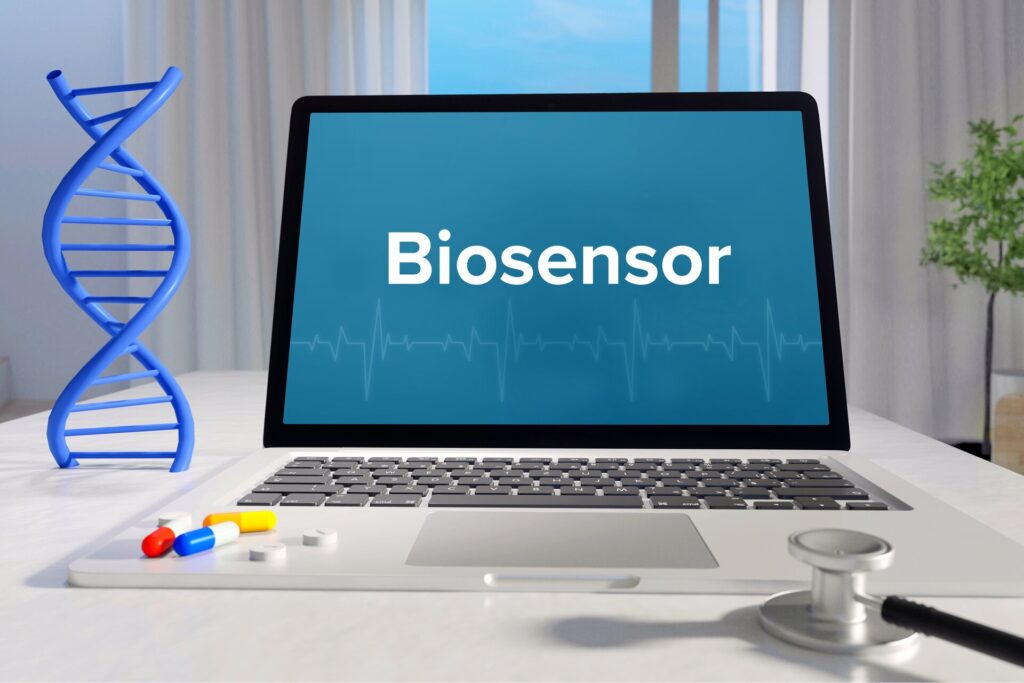Biosensors are used in a variety of applications and have a long history. The term was coined as early as 1977 by Karl Cammann. Biosensors can detect substances via a specific biological component and measurement technology. This can be helpful, for example, in the analysis of water or wastewater and substances in the blood. There are different types of biosensors, which are selected depending on the application.
Sensors detect specific substances
A biosensor is a measuring sensor that is equipped with certain biological components. The sensor chips are used in biotechnological measurement technology. The sensors are based on spatial coupling with signal converter plus electronic amplifier. Biological systems based on different levels of integration are used. This allows specific substances to be detected. The biological systems used can be enzymes, microorganisms or antibodies. The biosensor interacts with the analyte to detect the substances. This can result in physicochemical changes, such as light absorption or electrical charge. These small changes are detected by the signal converter.
Biosensors convert detected signals for determination
The measurement via sensor chips always takes place in three identical steps. First, the analyte is detected by the biological system of the sensor. Then, the conversion of the physicochemical changes is transformed into electrical signals by the signal converter. This signal is finally processed and amplified by an electronic amplifier. In this process, there are different types of biosensors. The piezoelectric sensor is based on a quartz crystal. The vibrations of the quartz are sensed. Each sensor can only be used once. The optical sensor has a fluorescence quenching as a base. The oxygen content in liquids is mainly measured via an optical waveguide with an indicator. Another possibility is the use of electrochemical detection. This is done by amperometry or via potentiometry. In the first variant, the voltage of the current flow between two electrodes is measured. In the second variant, the ions are determined via measuring electrodes.
Wide range of applications and uses
Biosensors have a wide range of applications. The first biosensor was developed by Clark and Lyons in 1962. The measuring system was intended to determine the glucose content in the blood after an operation. Oxygen electrodes or pH electrodes were used as signal converters. The glucose content was determined from the change in pH or by a change in oxygen concentration. The biological material was enclosed between two built-up membranes or directly connected to the signal converter. Biosensors have further applications in the analysis of water or wastewater. Individual components or toxicity can be determined. Furthermore, bacterial contents can be determined. Sensors detect bacteria and attach themselves to them. This reduces the vibrations of the membrane and an alarm is triggered. The bacterial content is often determined in bathing waters such as public bathing lakes.
Source:
MQ-Illustrations – stock.adobe.com



